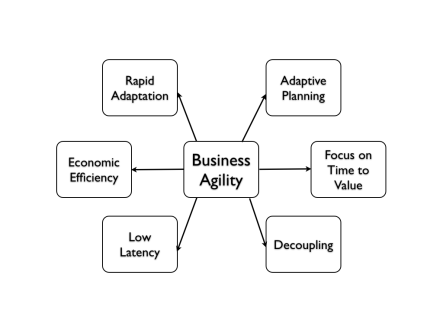 Research by Gartner shows that financial consolidation and financial reports are top priorities for today’s CFOs. Why have both risen to the top of the list? The changing business environment has caused a shift in mentality. Traditionally, CFOs focused on limiting risk exposure. But with today’s competitive landscape, they’re more focused on pursuing opportunities for growth.
Research by Gartner shows that financial consolidation and financial reports are top priorities for today’s CFOs. Why have both risen to the top of the list? The changing business environment has caused a shift in mentality. Traditionally, CFOs focused on limiting risk exposure. But with today’s competitive landscape, they’re more focused on pursuing opportunities for growth.
It’s important to think about the impact this shift has on your internal processes. Can those processes keep pace with the changing environment? Research by Deloitte shows that the consolidation and close process is still time-consuming and error-prone, with many companies taking 11-20 days to close the books each month. This is a huge time drain, especially on finance and accounting departments with limited budgets. Not only is the process time-consuming, but it’s also error-prone. The manual gathering and validation of spreadsheets leads to quality issues and late submissions.
According to research by Business Performance Innovation (BPI) Network and Adaptive Planning, 70% of finance professionals just aren’t happy with their consolidation process. So what can you do to improve?
1. Automate your process to minimize potential errors and the amount of manual work you have to do.
When you automate your process with an application, you have a better backup process and you get built-in security features, which is a big improvement from spreadsheets. Look to automate wherever possible, such as allocations, intercompany eliminations, data import, and reclassifications.
2. Present your data live in real-time to facilitate better decision-making.
When data is live, you don’t have to wait for batch jobs or processes to run, so you know immediately how your business performance is tracking. Timing and discipline are important in the process as well, so it’s important to have real-time information on reporting statuses, which departments have not yet submitted their reports, etc.
3. Give your users relevant information with data visualization.
When you visualize data, you can instantly see trends that you can’t see when you’re just viewing a block of numbers in a spreadsheet. According to Aberdeen Group, managers are 30% more likely to provide information needed to impact critical decisions when you give them visual analytics tools. When you can provide deeper insights based on trends, you’re adding strategic value to your organization.
Want to learn more about how you can redefine the financial consolidation process for your business? Click on the banner above to register for our free, 1 hour webinar on Tuesday, Dec. 10, which will focus on:
- Minimizing errors and reducing manual work
- Presenting data in real-time using a single source of the truth
- Automating intercompany eliminations, reclassifications, and allocations
